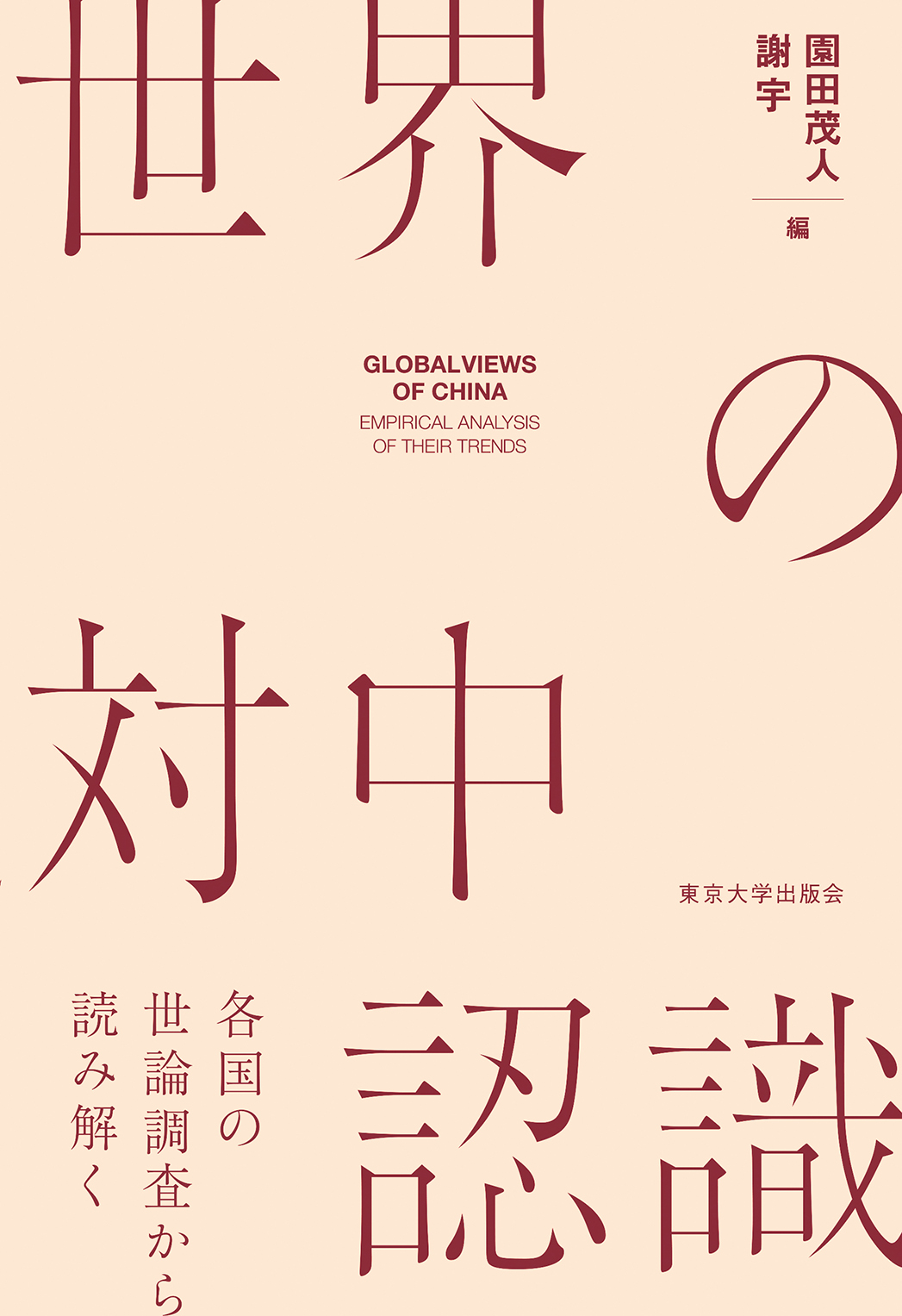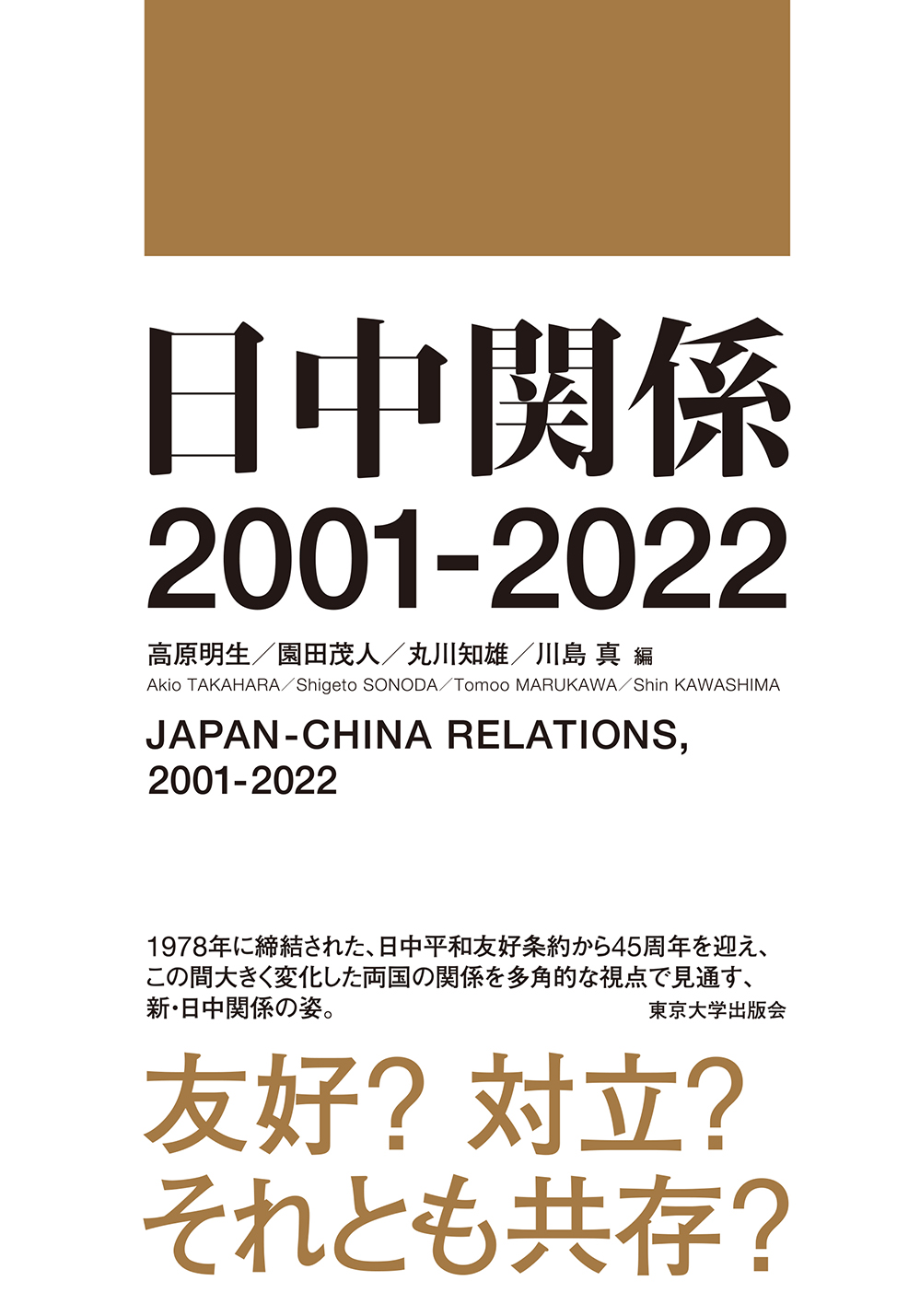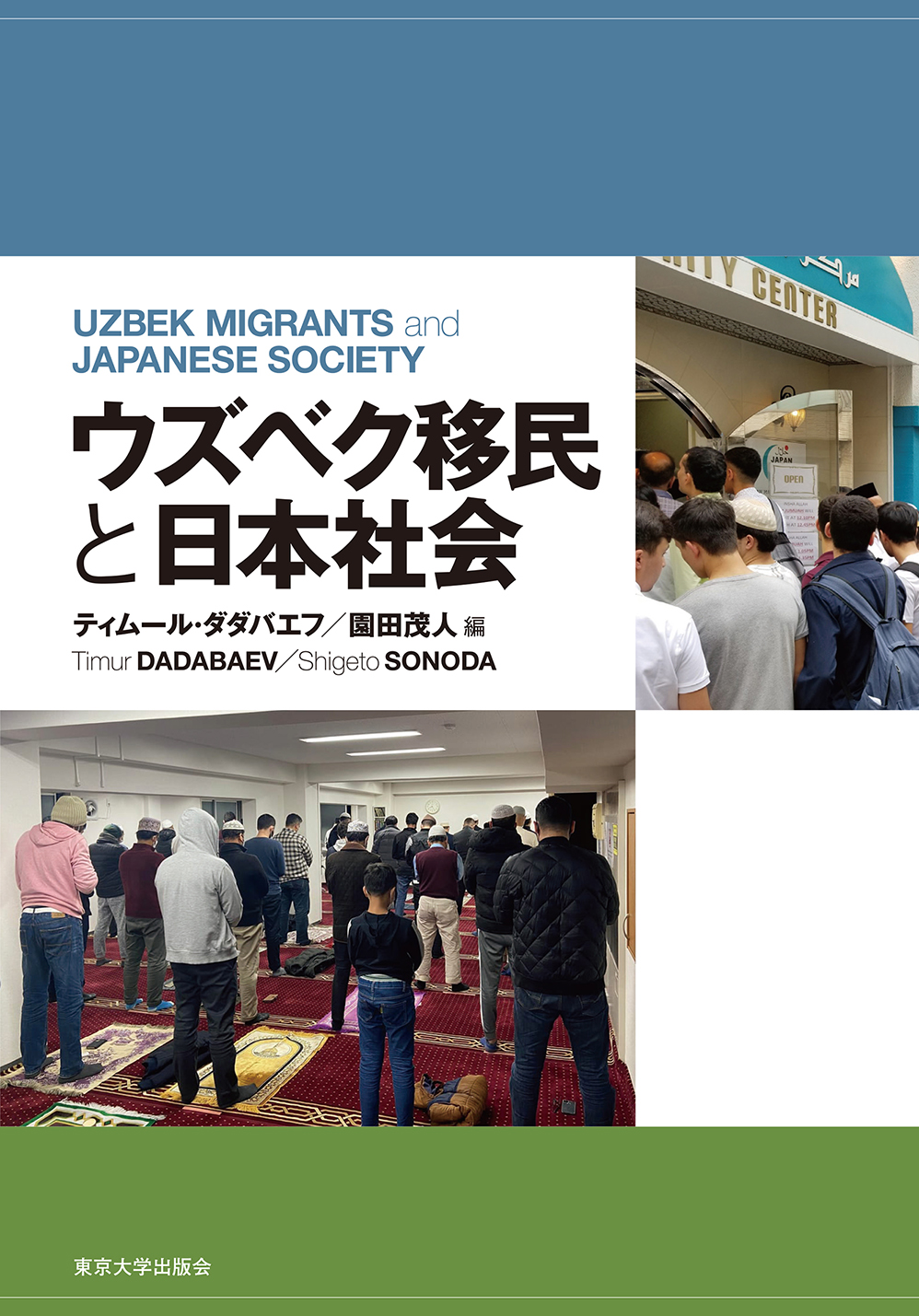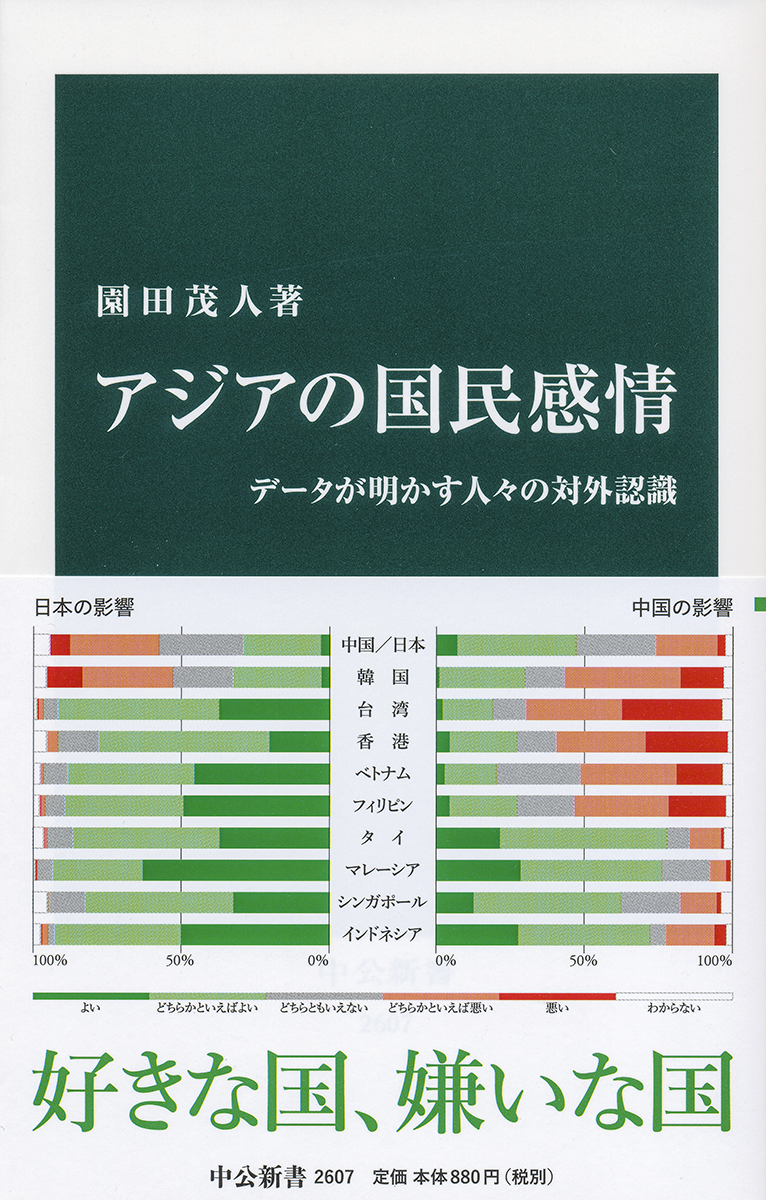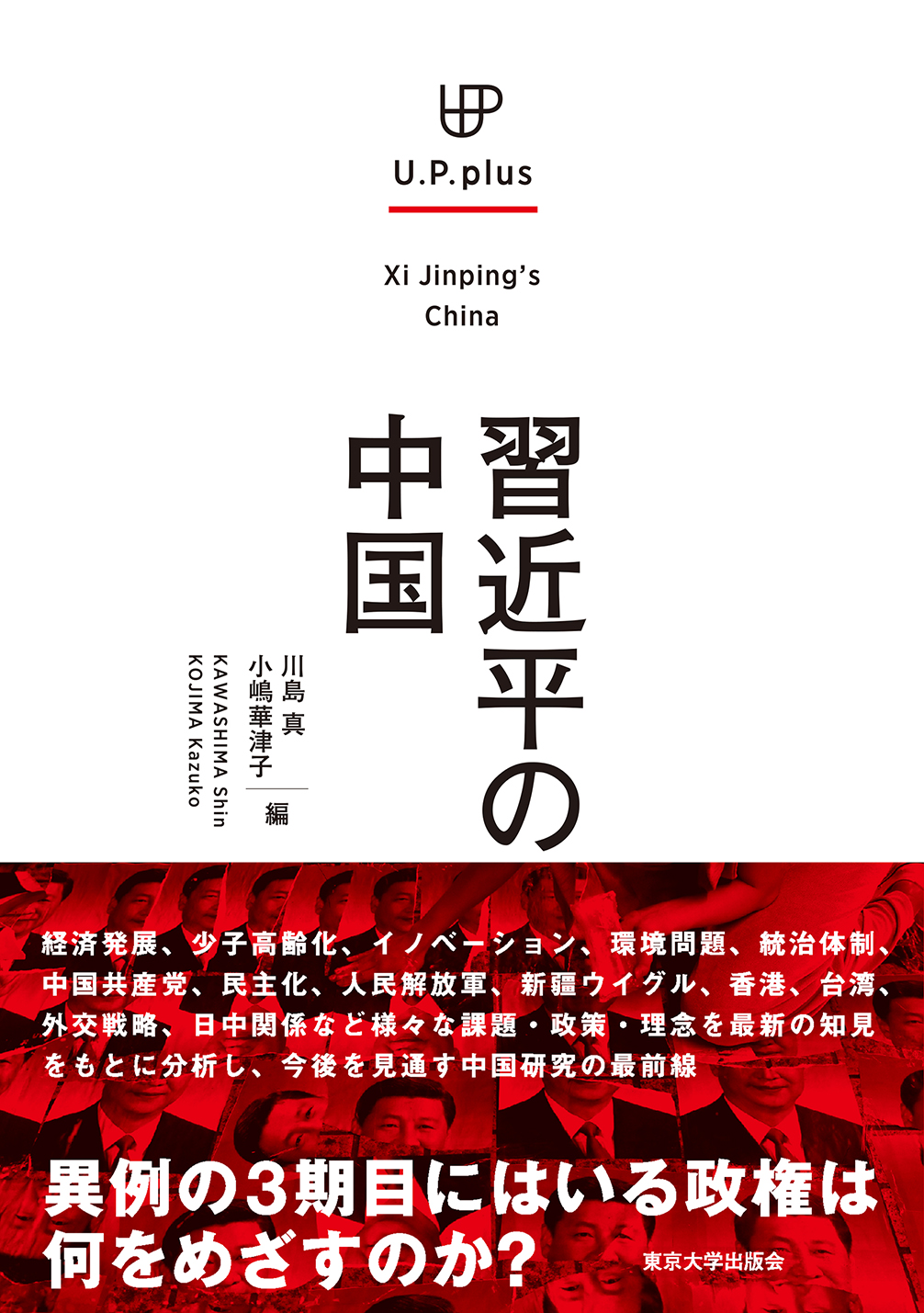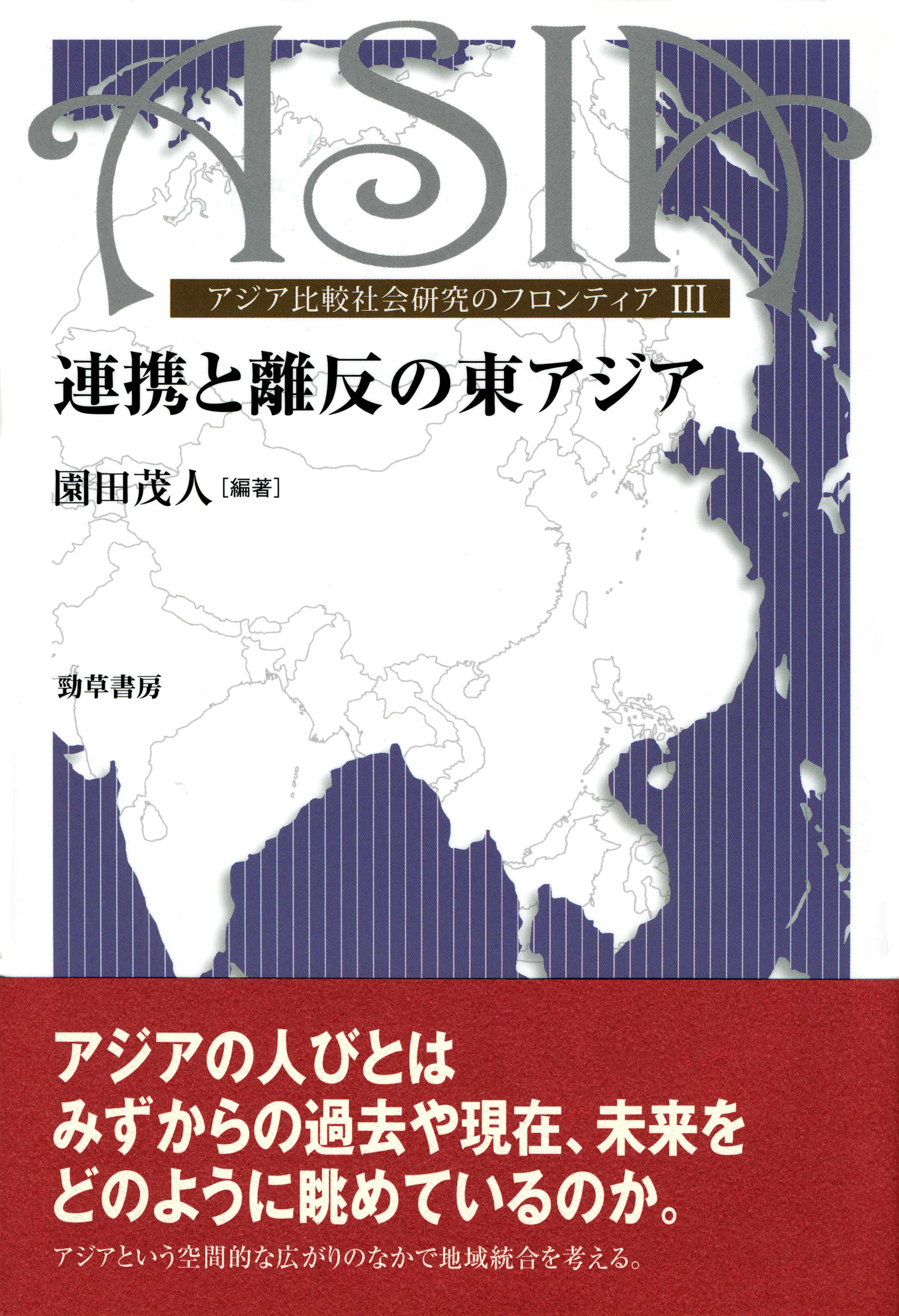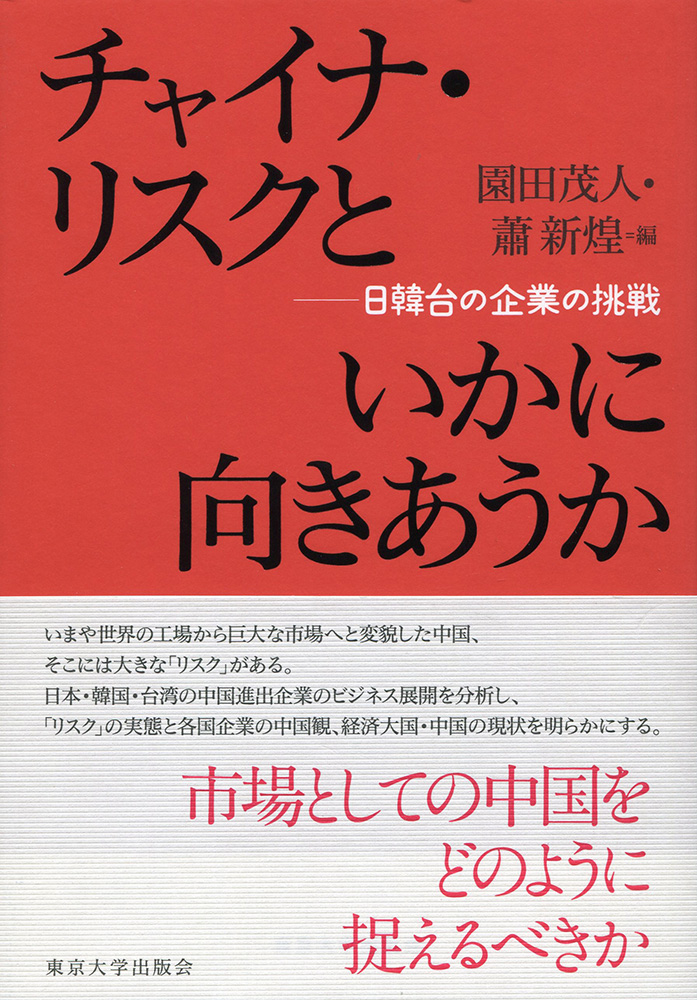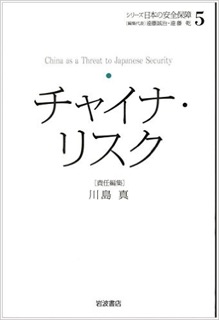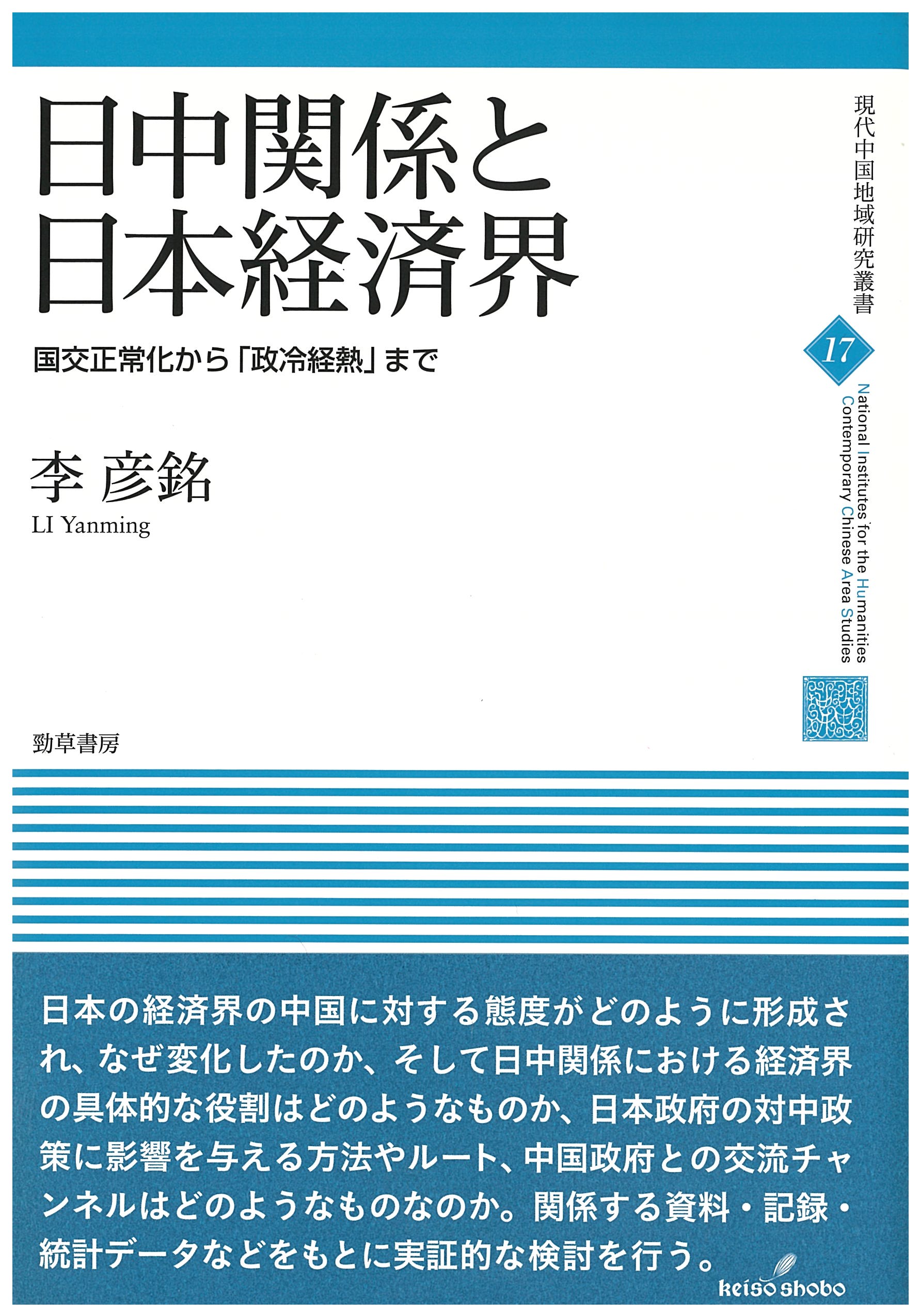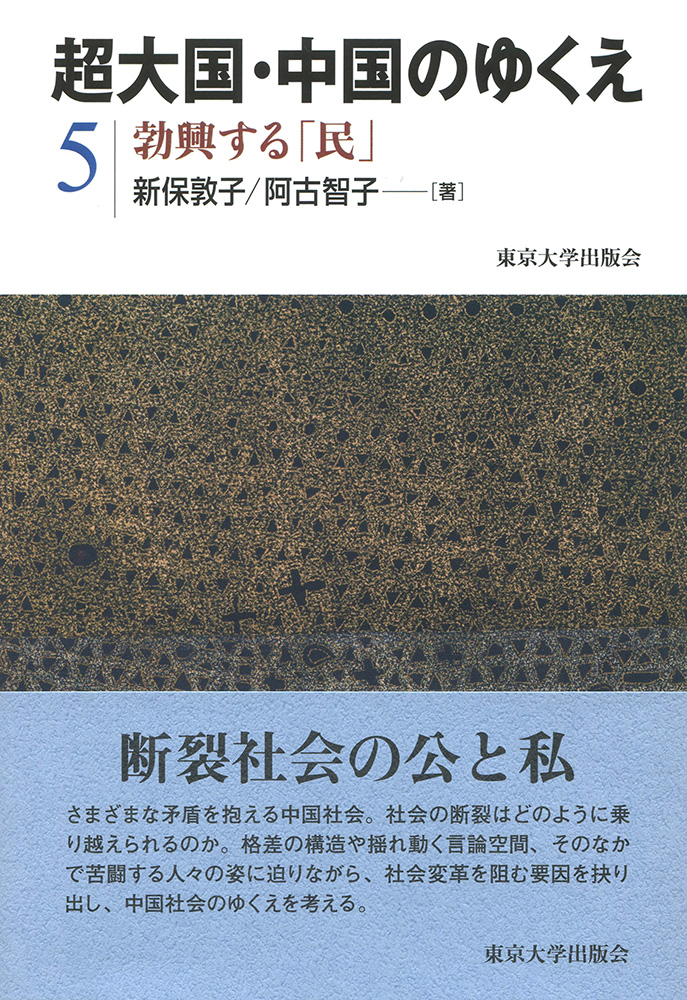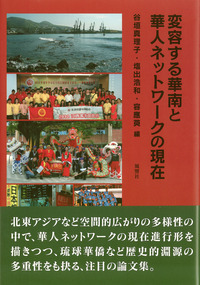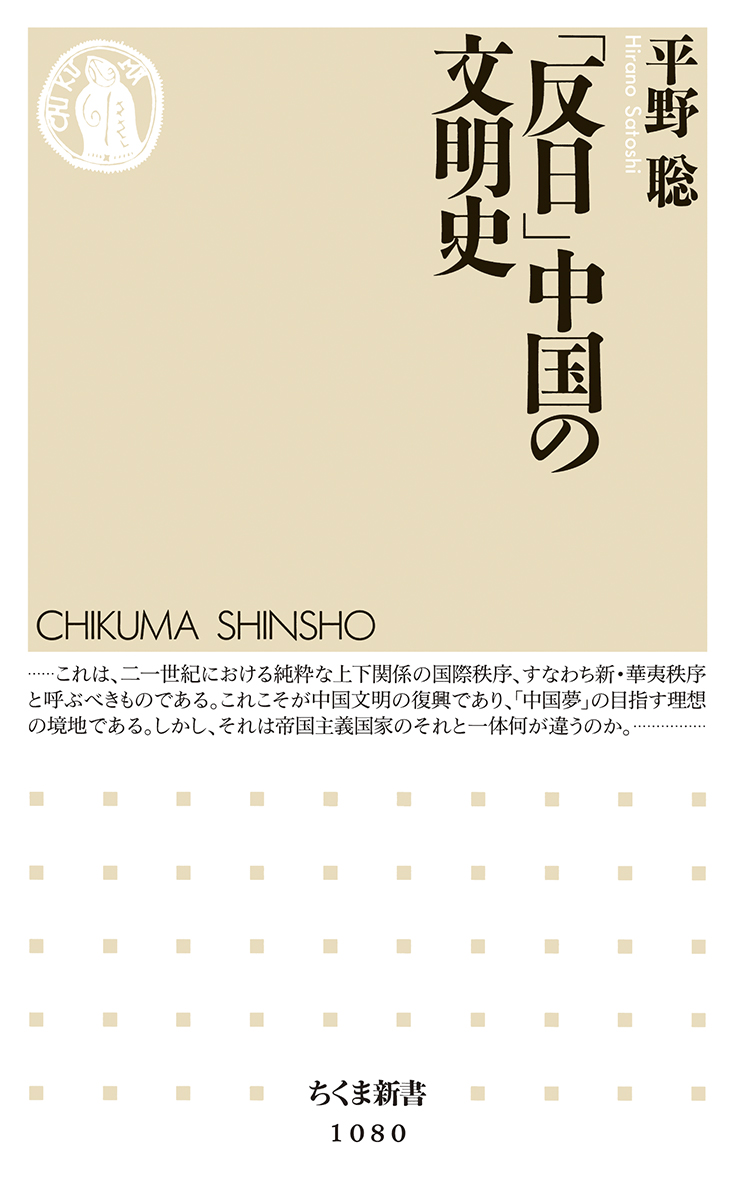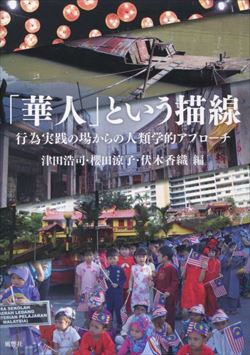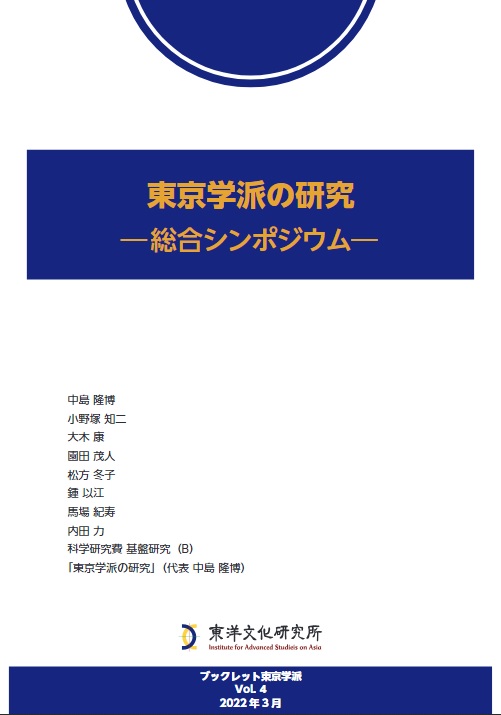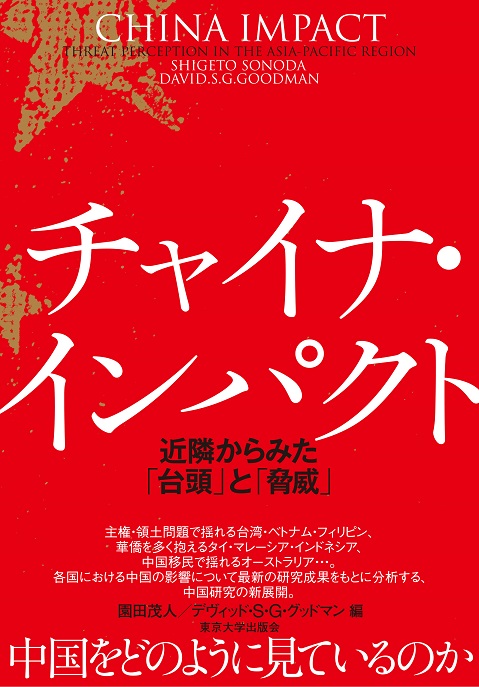
Title
China Impact (Threat Perception in the Asia-Pacific Region)
Size
272 pages, 127x188mm
Language
Japanese
Released
February 20, 2018
ISBN
978-4-13-030211-1
Published by
University of Tokyo Press
Book Info
See Book Availability at Library
Japanese Page
Since the beginning of the 21st century, the rise of China has been the subject of global debate. In fact, China’s rise, which is understood as increasing number of rich Chinese tourists and their impressive behavior of “bakugai (explosive purchase)” in Japan, has been producing a number of challenging questions for the fields of social science. These questions include: whether China will present an alternative international order and challenge US hegemony, whether China’s developmental model can be successfully implemented in other developing countries, and whether CCP’s dictatorship can be maintained even after rapid economic development.
The answers to these questions, however, are varied, because the rise of China has been understood and interpreted differently within China itself and in other countries as well. As suggested by world-wide opinion surveys conducted by the Pew Research Center in the US, the world is split in terms of its understanding and evaluation of the rise of China. Such differences with regard to Asia might cause significant issues. If China and its neighboring countries understand and evaluate the impact of China’s rise differently, this might be a cause for conflict in international relations. Unfortunately, however, Asia-pacific countries have been lacking in basic information and have not accumulated a body of relevant research from which we could draw to begin dialogue on an evaluation of the impact of China’s rise in a productive way.
We, Prof. David S. G. Goodman of the University of Sydney (now at Xi’an Jiaotong-Liverpool University) and I, launched an international project in 2014 after receiving a research grant from the Suntory Foundation to address such a situation. This book is the final product of the three-year long research project we have conducted since being awarded the grant in 2014; the book’s contributors are China experts in Asia-pacific countries.
Though not well recognized in the beginning, we have arrived at the point where we can recognize the profoundness and importance of this international project. As time has passed, we have realized the important role of other “countries/societies’ relation with China” in shaping their image and understanding of China. In Taiwan, for example, its economic integration with mainland China is regarded as a threat to its domestic political autonomy, which is not a concern that is shared by other Asia-pacific countries. Japan, the Philippines, and Vietnam share the same maritime territorial issues with China, but their respective threat perception toward China is slightly different. We can identify different dynamics driving the creation of China’s image in Malaysia and Australia, in which overseas Chinese are important players in domestic politics. Military officers in Thailand and Indonesia play a vital role in developing relations with China, but their perception of China is not the same. Asia-pacific countries, thus, have uniquely different relations with China, which result in the creation of contrasting images of China.
In this book, we tentatively extracted four (namely, economic, socio-cultural, international, and domestic political-media) factors as determinants of the creation of China’s image in the countries researched, but we need more evidence to prove the validity of our observations. In fact, we are now carrying out another research project supported by the JSPS research grant, which we began in 2016. We sincerely hope that many young students will read our book to learn about the nuanced international relations in the Asian-pacific region.
(Written by SONODA Shigeto, Professor, Institute for Advanced Studies on Asia / 2018)



 Find a book
Find a book


